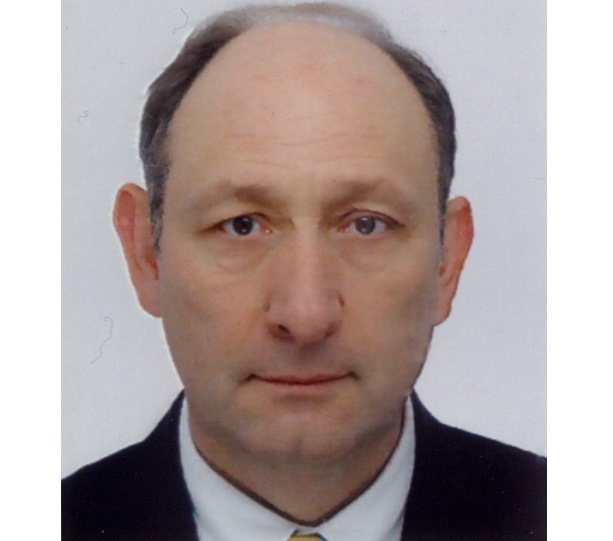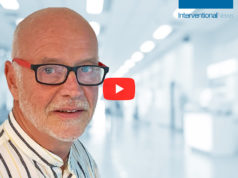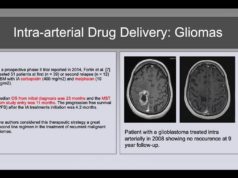by Wladyslaw Gedroyc

Most drugs that we use are only required to work at one specific point in the body and yet we administer them in a completely systemic manner so that they affect all sites within the body. If a drug is quite toxic, or has a very narrow therapeutic window, as with, for instance, chemotherapeutic compounds, many undesirable side-effects can be experienced alongside the beneficial effects at the site of concern due to drug distribution in healthy tissues. Methods of giving drugs that are only activated at the desired site of action are therefore highly desirable to minimise side-effects (which may in some cases be very severe) and allow patients to remain relatively well whilst receiving maximum therapeutic effect from the drug.
It is now possible to chemically engineer nanosized liposomal particles to encapsulate and carry a variety of drug payloads around the body without the drugs having an action in the circulation. The liposomal drug particles can be further engineered to be heat sensitive so that when the temperature is raised by a controlled amount, the liposomes become porous and release their drug contents. Controlled non-interventional heating of a deep area of the body where we require a therapeutic effect can be achieved using high intensity focused ultrasound which can be either ultrasound- or MR-guided. Using this combination, it is possible to deliver chemotherapy just to the cancer site rather than to all areas of the body which potentially can greatly decrease the morbidity and complications seen with many types of chemotherapy which are such a problem for many patients.
We have demonstrated this approach clearly in small animals showing that tumours can be rapidly treated with this combined focused ultrasound and liposomal drug nanoparticle approach. The advantages of this approach however do not stop at this point. We have discovered that the uptake of the chemically engineered liposomes from the circulation is much greater when the area in question is heated than would otherwise be expected suggesting that this mild hyperthermia during this process opens up blood vessel permeability allowing a much greater concentration of the circulating liposomesto be delivered into the target site with a very large increase in overall tumour concentration of the drug. This is exciting in itself but we have managed to further engineer our focused ultrasound pulse delivery so that we not only heat the target site with non-invasive focused ultrasound at the time of the drug circulation in its 1st pass but repeat this thermal mild hyperthermia 30 minutes later. Using this further recipe of repeated focused ultrasound short hyperthermia pulses we have found that there is a new, huge increase in the overall concentration of the activated chemotherapeutic agent released from the thermally sensitive liposomes at the target site. In some instances we were able to increase the concentration of active current chemotherapeutic agents at the site of therapy by several hundredfold.
The potential of this type of approach to allow treatment with few side-effects but with much greater local action is very exciting. Not only will we be able to decrease side-effects from conventionally utilised chemotherapy, but we may be able to utilise very effective but very toxic drugs which are otherwise unusable to now treat just the designated target lesions.
We have also combined MR contrast agents with the chemically engineered liposomes so that the area of deposition can potentially be visualised with MR imaging to further control and follow the therapeutic effect.
Wladyslaw Gedroyc is consultant radiologist at St Marys Hospital, Imperial College Healthcare NHS Trust, London, UK













